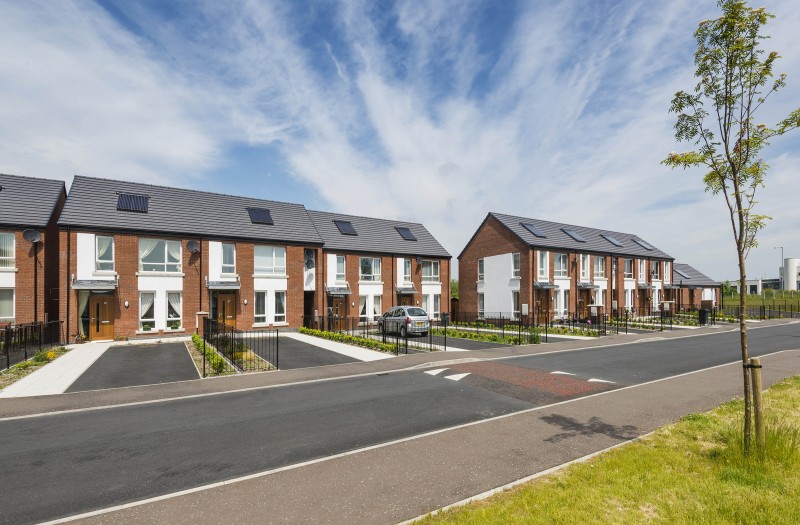
As we begin the second quarter of 2021, almost one year from the beginning of the first coronavirus lockdown, the construction sector shows that it can be central to economic recovery.

Social housing driving construction workloads
The latest RICS and Tughans Construction and Infrastructure Monitor shows that workloads in Northern Ireland picked up in the first quarter of 2020, with house building the primary catalyst for growth. A net balance of +8% of survey respondents reported rising workloads, compared with -18% in the final quarter of 2020. Social housing’s workload was +75% and Infrastructure +51%, but the workload net balances for private commercial (-50%) and private industrial (-61%) were at the other end of the spectrum.
Managing construction costs, an ever-developing challenge
In 2021, it is more critical than ever for cost management professionals to develop robust cost and scope models before tender. But this year, they will need to incorporate strategic flexibility to mitigate the twin risk factors of rising input costs and skills shortages.
Although activity has surged back from 2020 lows, concerns about future profitability in the face of rapidly rising input costs is tempering confidence across the construction sector. Expectations for workloads a year from now remain relatively subdued, with a net balance of just +6% of respondents anticipating them higher.
But the most immediate ‘crisis’ the Northern Ireland construction industry faces is a dramatic skills shortage. In recent years the construction industry here had become very dependent on a plentiful supply of skilled migrant workers. However, the twin impacts of Brexit and the Covid-19 pandemic has resulted in many migrant workers returning to their home countries.
And of course, critical issues which existed in the pre-Covid world are still there. Like, the need for strategic oversight of our civil infrastructure and the need for a procurement system that is transparent and founded on an equal playing field.

